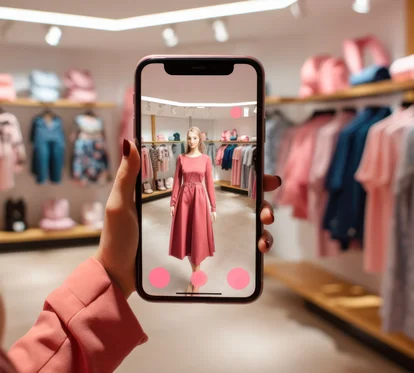Strategy and technology
From a strategy and operations perspective, although there are different levels of maturity, we can say that the omnichannel retail strategy has made its appearance within a large portion of fashion retailers. For example, H&M, Zara and Hunkemöller. They know how to integrate online and offline channels like no other, giving them a clear picture of their consumers. They also get this picture by cleverly analyzing and using the data generated from transactions. For example, when setting up loyalty programs or making personalized offers and advice based on purchase history.
To make this possible, technology plays an important role. This starts with embracing, developing and implementing an omnichannel strategy. The most important part of this is a seamless and modern point-of-sale platform that allows data to be analyzed from transactions, at various levels and from different channels (online, store, checkout, self checkout et cetera). Combine this with AI (Artificial Intelligence), VR (Virtual Reality) and AR (Augmented Reality) to have a complete technical foundation that supports your strategy and operations.
Sustainability, strategy and technology
Sustainability is an important topic within fashion retail and finds its impact at various levels. The entire chain (from fashion designer to physical store) is increasingly being considered. However, the role and possibilities of technology within the omnichannel strategy in promoting sustainability is still underexposed by this group. To provide more support and guidance, below are three perspectives on how technology within the omnichannel strategy can promote sustainability.



